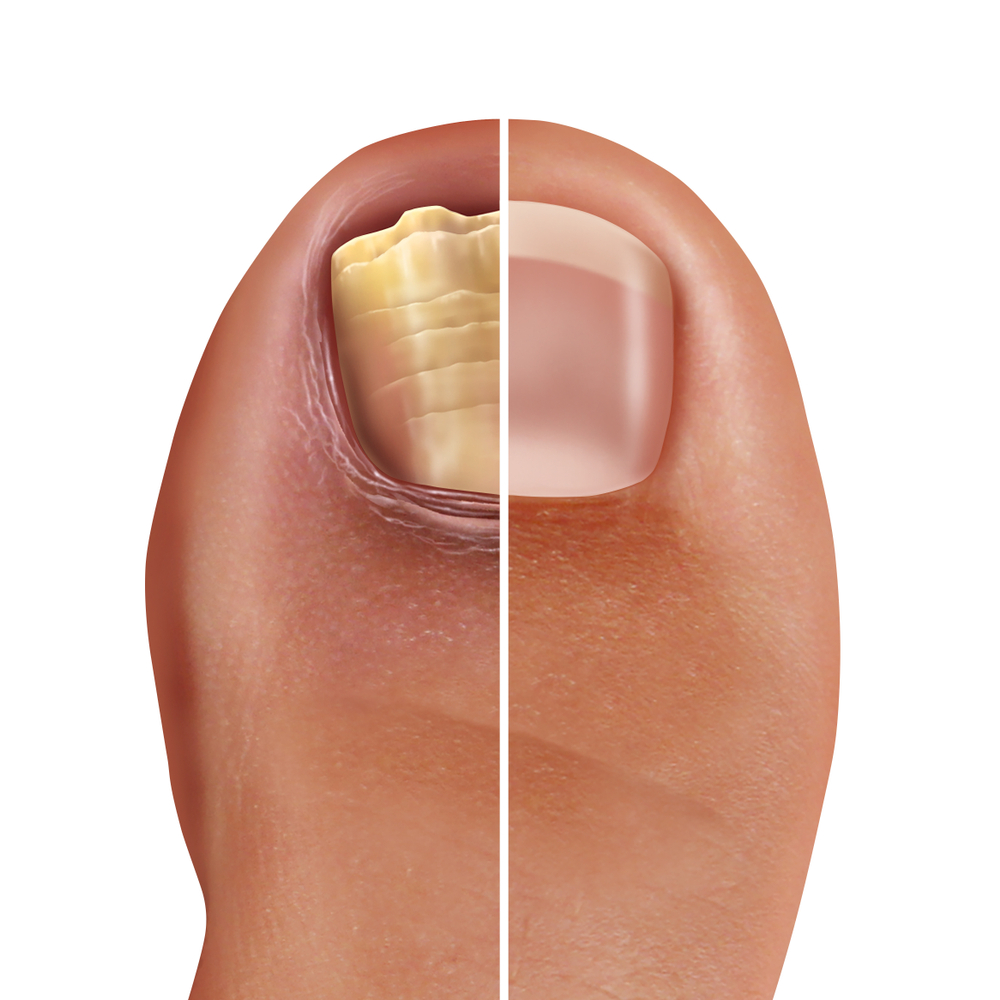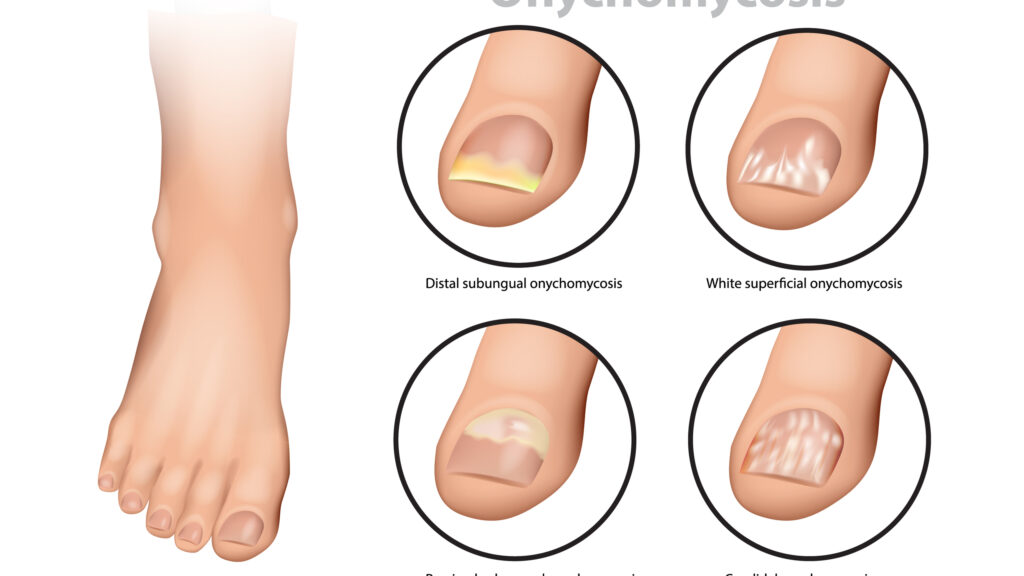If you're suffering from an athlete's foot, you're probably wondering what the difference is between ringworm and superficial mycosis. If you're not familiar with the terms, this article will give you a general overview of the various types of superficial mycoses. The athlete's foot is the most common form. The symptoms of an athlete's foot can vary greatly, and there are several treatment options.
Table of Contents
Tinea pedis
Tinea pedis is a type of fungus that commonly affects the toes. The most common manifestation is chronic intertriginous tinea pedis, which presents as erythematous scaling on the interdigital and subdigital skin. In more severe cases, tinea can cause bacterial infections. Depending on the severity of the infection, it may cause a significant amount of discomfort or even disfigurement.
While these conditions share many common symptoms, they are very different. Oftentimes, one person has both types. This type of infection can also spread to other areas of the body. It is important to note that once the fungus is removed from the feet, it will likely return. This means it's important to treat the athlete's foot early and follow treatment instructions closely. In addition to preventing and treating the athlete's foot, it can also spread to other parts of the body.
Treatment of tinea pedis and ringworm athlete”s foot involves topical treatment with antifungal cream. Antifungal creams are available without a prescription and should be applied once or twice a day. The treatment is usually temporary and should be repeated if necessary. If you can't get rid of the infection with topical treatments, you should visit a doctor and consider using antifungal cream.
In addition to the treatment of the athlete's foot, it is important to ensure that you practice good hygiene. Athletes' feet can spread from one person to another by touching infected surfaces, such as bare feet, and it can be transmitted by sharing towels, clothing, and bedding. Athletes' foot is also spread from foot to hand, so it's important to practice proper hygiene to keep athletes' foot away.
A few things you can do to protect yourself against the infection include keeping your shoes off at home, changing socks and underwear daily, and wearing a different pair of shoes when going outside. You should also avoid wearing tight-fitting shoes or socks in public places. Changing socks or shoes after bathing is also important. It's also a good idea to wear socks and sandals whenever possible. Moreover, don't wear tight-fitting clothing in warm weather and change your socks after bathing. Always wash your feet after showering.
Tinea unguium

The difference between ringworm and athlete's foot is the way these two fungi are transmitted to people. Although these fungi are not related, they do cause the same kind of itchy rash. Athletes' foot is commonly infected by tinea. This infection is highly contagious and can spread very easily. A good hygiene routine is vital to preventing infection.
Infections can be spread through contact with an infected person, so good personal hygiene is important. If you're infected, don't share your socks or towels with anyone. Avoid wearing tight fitting clothing and change your socks regularly. After a shower, make sure you dry your feet completely. Always wash your hands after cleaning the infected area. The fungus prefers warm, moist environments.
There is no specific way to prevent ringworm in pregnancy, but taking antifungal creams or powders will not harm an unborn baby. It is possible for the fungus to live on gym equipment for many years. If you suspect that you might have ringworm, consult your healthcare provider. He or she will advise you on how to keep the affected area clean. Also, change your socks and underwear daily. Avoid sharing personal hygiene items with others, as the fungus can live on the equipment.
Treatment for the infection varies between ringworm and athlete's foot. Both include oral antifungals, treatment for moist and warm areas, and measures to keep the foot dry. The fungi reproduce in warm areas between the toes, so if you wear shoes, you're more likely to contract them as well. The fungus is also responsible for the spreading of the infection, which spreads in areas where people walk barefoot.
There are many differences between ringworm and tinea unguium, and it's important to know the difference to get the right treatment for your athlete's foot infection. Ringworm is a fungal infection, and if left untreated, can cause a very painful and ugly infection. This rash looks like a ring, and its edges are red and scaly. It may even look like a worm under the skin. It is also contagious, so it's always best to visit a doctor for a proper diagnosis.
Tinea cruris
Treatment for tinea cruris and ringworm athletes' foot includes changing socks and underwear daily and avoiding skin-to-skin contact. Avoid wearing tight fitting clothing, and change your socks and shoes frequently. Avoid wearing shoes that have sweat stains or are torn. Avoid sharing shoes, and make sure to throw away worn-out exercise shoes. If your shoes have been contaminated with fungi, it is important to replace them.
Tinea cruris begins as a red, itchy rash on the groin, and can spread to the thighs and buttocks. It is most common among adolescents and young adults and is spread by skin-to-skin contact. Tinea infections thrive in warm, moist areas. If you're not careful, you can pick up the fungus from shoes or contaminated clothing.
Tinea cruris and ring-worm athlete's foot are common in athletes and other people who sweat a lot. Men are more likely to develop jock itch than women, and it's usually the case in people with eczema or other skin conditions. People who are prone to jock itch should wear protective padding, jockstraps, and socks. Make sure to dry your groin area thoroughly after swimming or showering. For added protection, wear breathable cotton underwear in moist environments.
The good news is that both types of fungal infections are easily treatable. The good news is that they don't leave scars. Ringworm, unlike tinea cruris, does not spread below the surface of the body. Getting treatment for ringworm is easier than treating the tinea, and many people do not even realize that they have the infection. It's worth checking pets for tinea cruris and ringworm athlete's foot.
A health care provider can diagnose ringworm and tinea cruris by examining the rash and looking at the fungus under a microscope. A skin biopsy may also be performed. Symptoms of ringworm and tinea cruris are similar to other skin conditions. It's important to seek a doctor's advice if you suspect you have ringworm or tinea cruris.
Onychomycosis

Onychomycosis and fungus of the toenails are common skin infections. These fungi thrive in moist and warm environments. Preventing athlete's foot is as simple as keeping your feet dry and clean. Avoiding contact with potentially contaminated environments is also important. Toenail fungus is usually treated with topical antifungal creams or pills.
Both types of onychomycosis have a high rate of occurrence in the elderly population. The most common type is distal subungual onychomycosis, a fungal infection that starts in the nail bed and spreads towards the center of the nail. White superficial onychomycosis affects the surface of the nail and often results in crumbling of the nail.
Tinea cruris and ringworm of the toenails are not contagious but can be spread from one person to another. You can also contract ringworm from an animal or from an object that harbors the fungus. Once you have an athlete's foot or ringworm, you should change socks every day and change your footwear. If you notice patches of hair on your feet, it is most likely tinea.
Onychomycosis and fungus are different but both cause a ring-shaped rash on the skin. Onychomycosis and ringworm are fungal infections of the skin. While ringworm is more common in the feet, it can also occur on the beard or head. If you suffer from either type of infection, make sure you see a doctor as soon as possible. You may be suffering from the same condition.
Onychomycosis and fungus of the fingernails can be treated successfully. It is important to remember that fungus of the nails cannot be treated with topical solutions. It must be treated with antifungal medications. It can also affect artificial nails. Since nails are prepped with chemicals, fungus will develop under artificial nails, creating a warm and moist environment that is ideal for fungi to thrive.
Topical antifungal treatments are an effective treatment for athlete's foot. Its effectiveness depends on how severe the infection is and how long you're willing to take treatment. However, some patients don't respond to treatment and recur. Therefore, you should weigh the risks against the benefits when deciding to treat it. And if you don't feel comfortable with topical treatments, you can consider ciclopirox nail lacquer.


Leave feedback about this